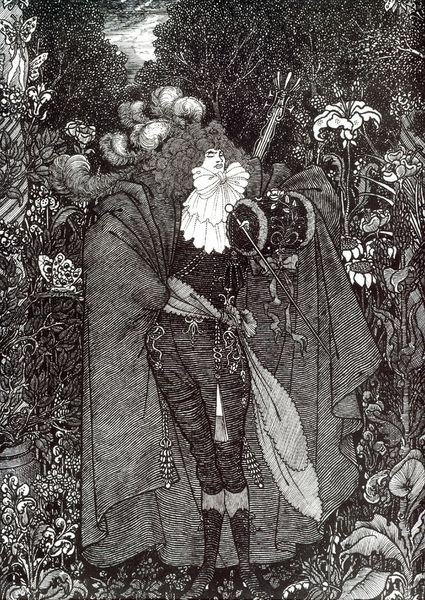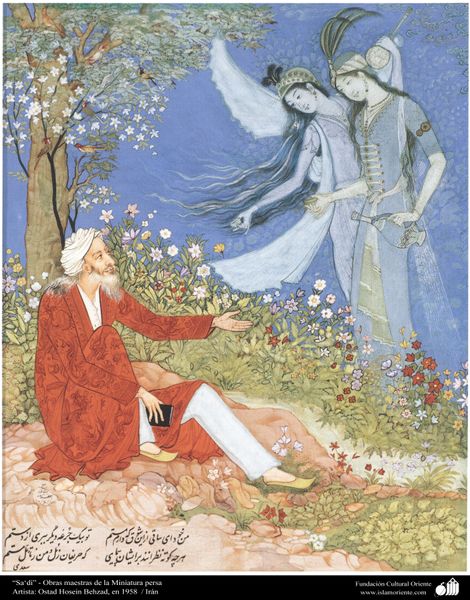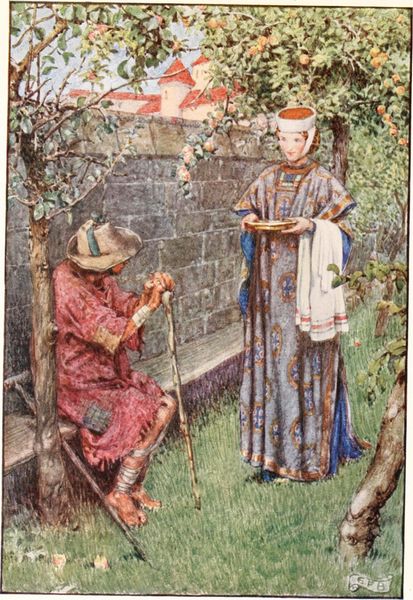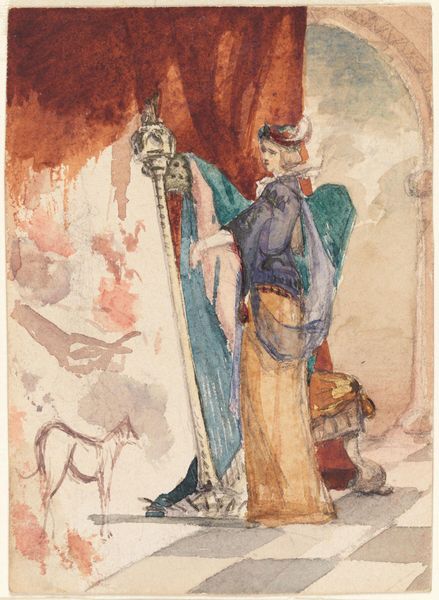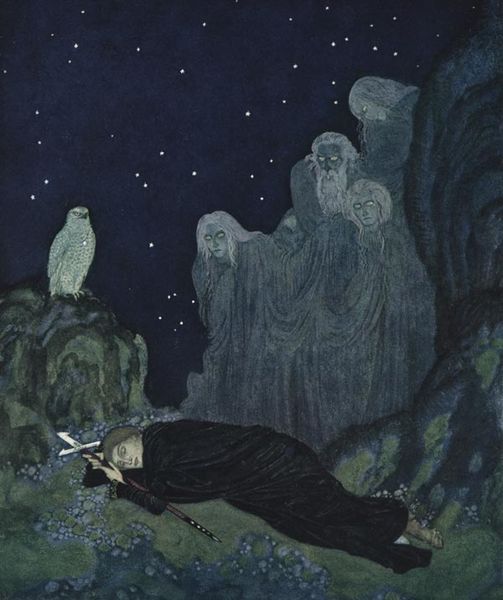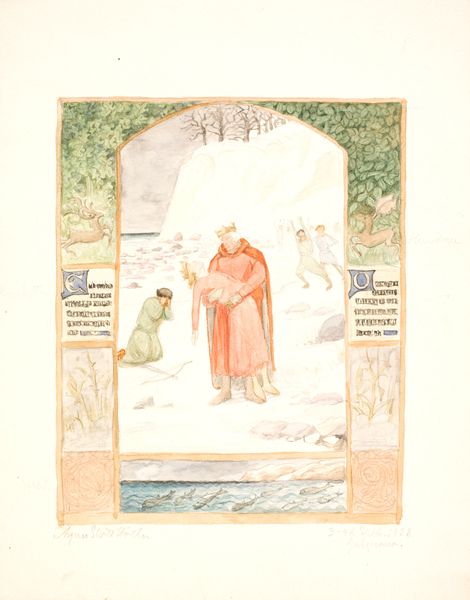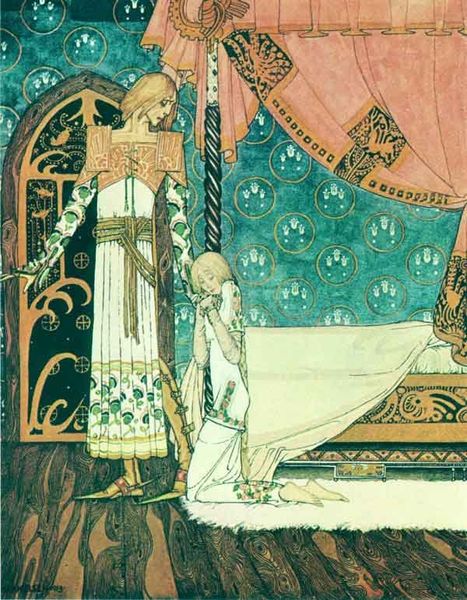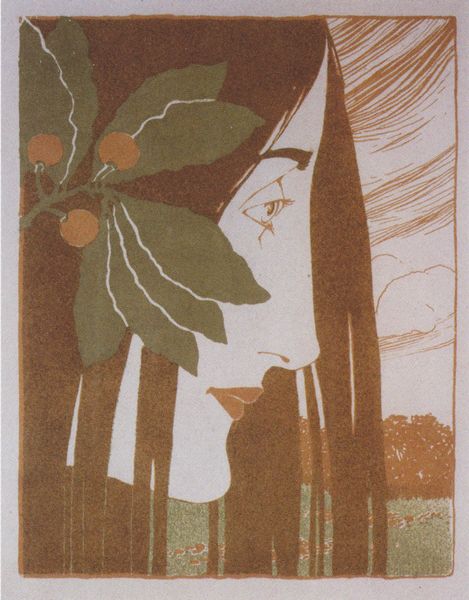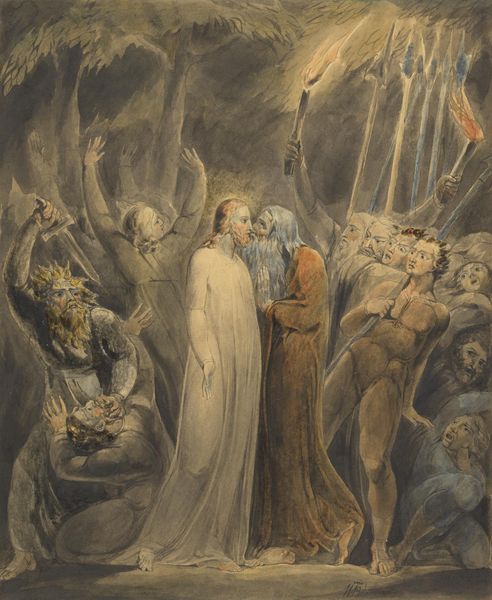
painting, gouache
#
portrait
#
gouache
#
painting
#
gouache
#
soviet-nonconformist-art
#
figuration
#
naive art
#
realism
Copyright: Dmitri Zhilinsky,Fair Use
Curator: Dmitri Zhilinsky's "Chernishev's Family," painted in 1970 using gouache, is quite striking. Editor: My first thought? Dreamlike. And almost…haunted? Everyone is there, but not really. Curator: That haunting quality, I think, comes from Zhilinsky's negotiation between Socialist Realism, the dominant style, and a more personal, psychologically nuanced vision. Consider how the family is posed within this liminal space, neither fully present nor entirely absent. There are undertones here questioning conventional portrayals of Soviet life. Editor: Exactly! It's like looking at a stage play where the actors forgot their lines. Are we witnessing a critique of the ideal family construct of the time, and more subtly, what happens if they begin to disappear or become displaced. I can almost feel that collective disquiet resonating! The color choices only deepen this odd feeling of unreality, particularly their milky skin tones set against the russet of a woodland scene. Curator: The stylized nature and flattened perspective certainly depart from the idealized portrayals expected of artists during this era. Also, think about how this was happening within the context of Soviet Nonconformist Art. What statements might the artist have been trying to make? Editor: Absolutely. Perhaps it asks questions, subtle as they are, about reality itself—how the facade can crumble and reveal a hidden underbelly that is both poignant and disquieting. This isn't merely a family portrait; it is more like a coded dispatch from a world teetering on the edge. And perhaps there's an element of remembering, too, a yearning for simpler times. A child can even be spotted in the background of the portrait, mid-leap and suspended in motion. It feels a bit ghostly... Curator: In examining Zhilinsky’s body of work, one discovers he routinely questions societal structures using techniques like these to inject symbolism into everyday themes. It's a clever strategy and brave when contextualized within the dominant art style that this era demanded from its artists. Editor: So, yeah, "Chernishev's Family"... initially dreamlike, ultimately a complex story layered into paint. It's more than just seeing, it's feeling a pulse under the image itself. Curator: Precisely—it exemplifies the strength in art that doesn't just reflect society, but thoughtfully interrogates it.
Comments
No comments
Be the first to comment and join the conversation on the ultimate creative platform.
